Tristan da Cunha —(Map)
Last Friday, Tristan da Cunha, a tiny, remote island in the middle of the Atlantic Ocean announced that it was creating one of the largest protected ocean areas in the world.
Tristan da Cunha is a small island in the Atlantic Ocean, about midway between South Africa and Argentina. The only way to get to it is by boat. The island, and the other small nearby islands, belong to the United Kingdom (UK).
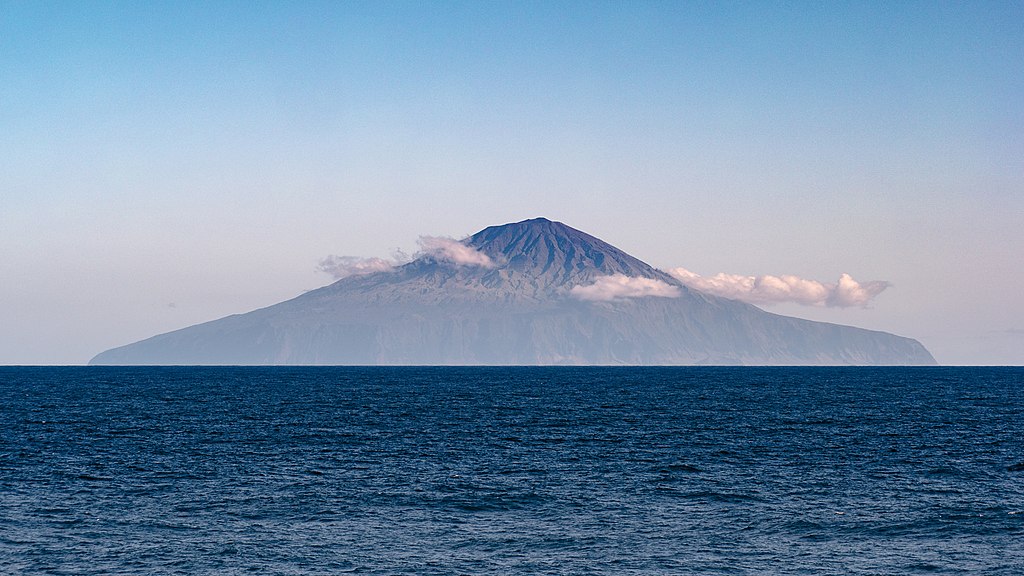
(Source: Yagerq [CC0], via Wikimedia Commons.)
It’s one of the most remote islands in the world, but there are about 250 people who live there. For the most part, these people depend on the sea to earn a living. The main source of money on the island is a special kind of lobster found there.
Though not many people live on Tristan da Cunha, tens of millions of animals do.
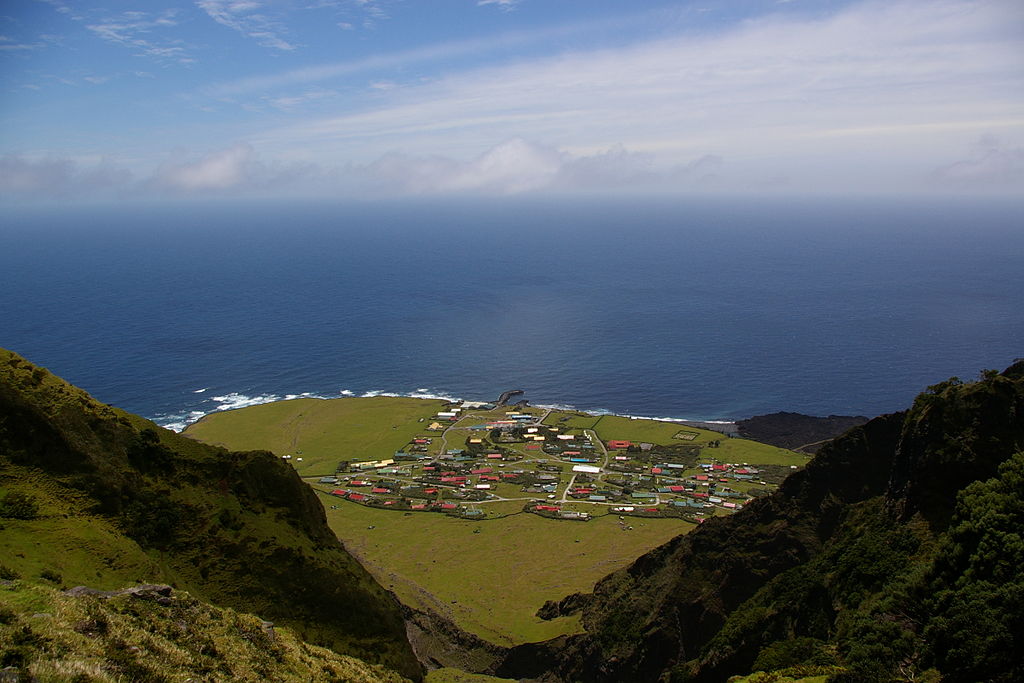
(Source: [CC BY 2.0], via Wikimedia Commons.)
The islands are home to many different kinds of sea birds, some of which are endangered. Several kinds of sea birds travel widely, but only raise their families on Tristan da Cunha and nearby islands.
Like the people on Tristan da Cunha, these birds depend on the sea to survive. And of course, the waters around the islands are also home to huge numbers of sea animals. Some of these animals are also endangered.
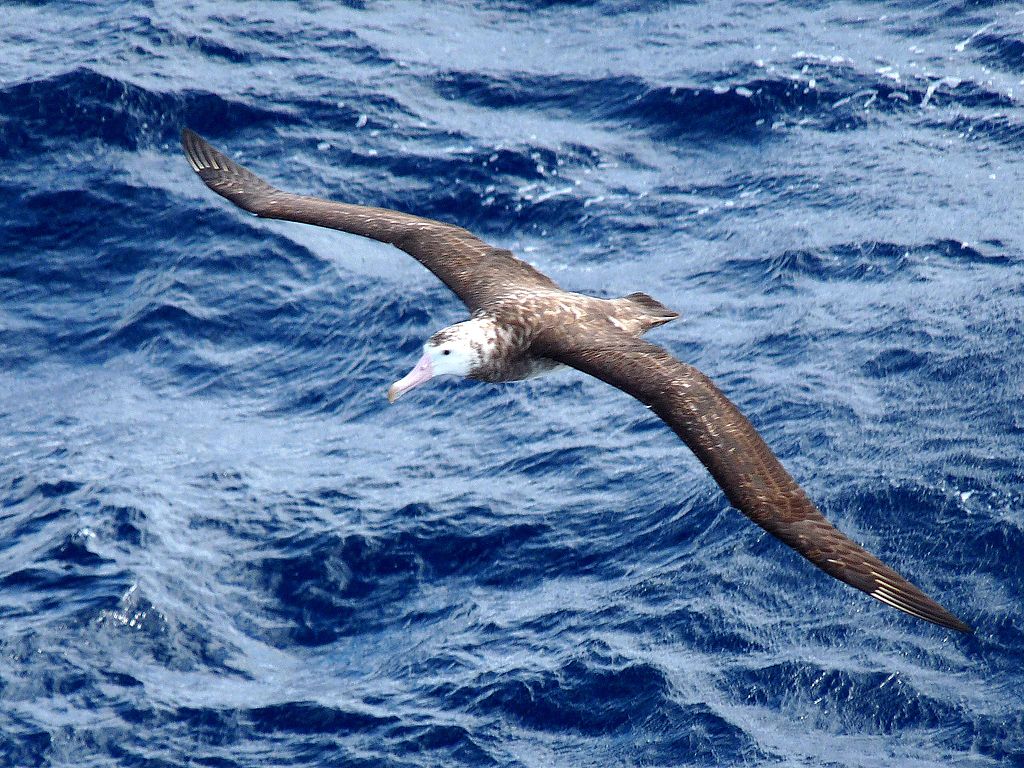
(Source: michael clarke stuff [CC BY-SA 2.0], via Wikimedia Commons.)
Now, the people on Tristan da Cunha have chosen to protect 90% of the sea around them. They’ve created a “no-take” marine protected area (MPA) that makes it against the law to fish or remove anything from the area.
“Our life on Tristan da Cunha has always been based around our relationship with the sea, and that continues today,” said James Glass, the island’s political leader.
Protected marine areas are one of the best ways to improve the health of the oceans. They protect the animals that live in and around them, as well as providing a large safe area for the many animals that travel long distances as part of their normal migrations.
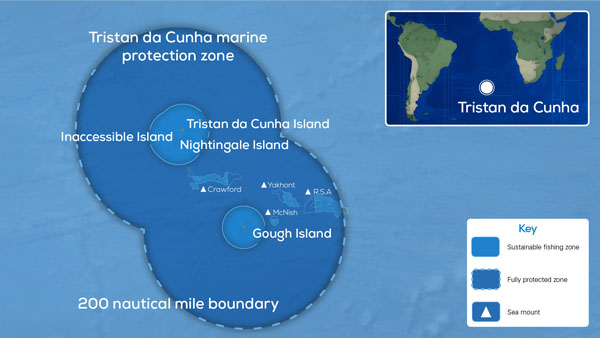
(Source: Tristan da Cunha Government.)
The new protected area is the largest one in the Atlantic Ocean and the fourth largest one in the world. The MPA covers 242,181 square miles (627,247 square kilometers) of ocean around the area’s main islands. That’s an area almost three times the size of the UK.
Tristan da Cunha is part of a UK government program called “Blue Belt”, which aims to protect large areas of the ocean that are under UK control.
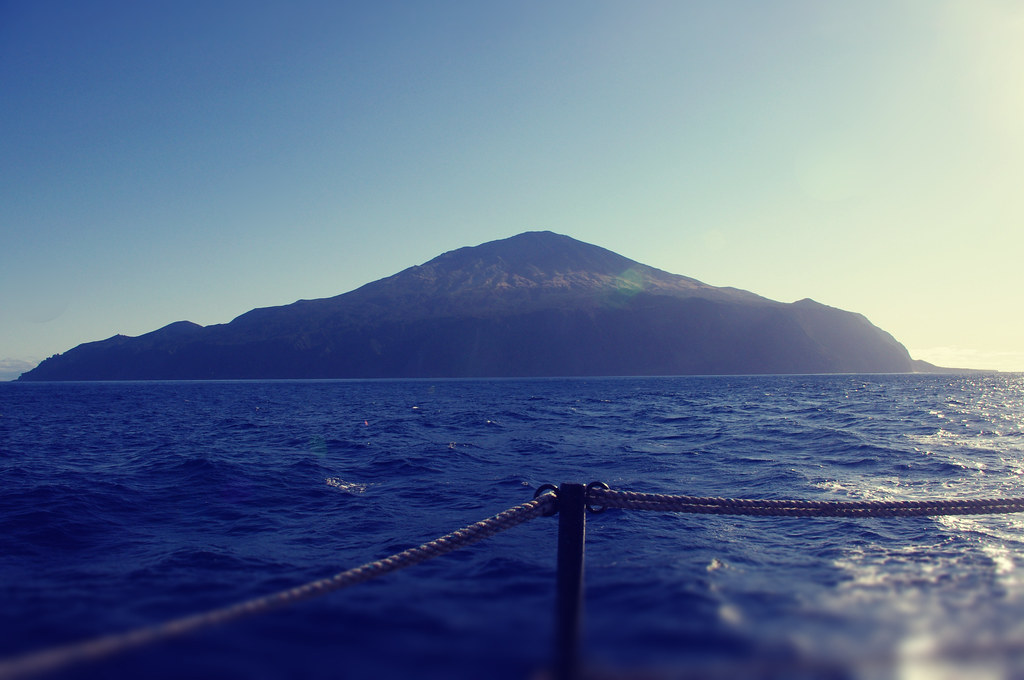
(Source: Spixey, via Flickr.com.)
UK Prime Minister Boris Johnson says that now the UK is protecting about 1% of the world’s oceans. That’s an important step on the way to a United Nations goal of protecting 30% of the world’s oceans by 2030.
As part of the Blue Belt program, Tristan da Cunha will get extra help patrolling the MPA to make sure that the new rules are followed.
😕
This map has not been loaded because of your cookie choices. To view the content, you can accept 'Non-necessary' cookies.
